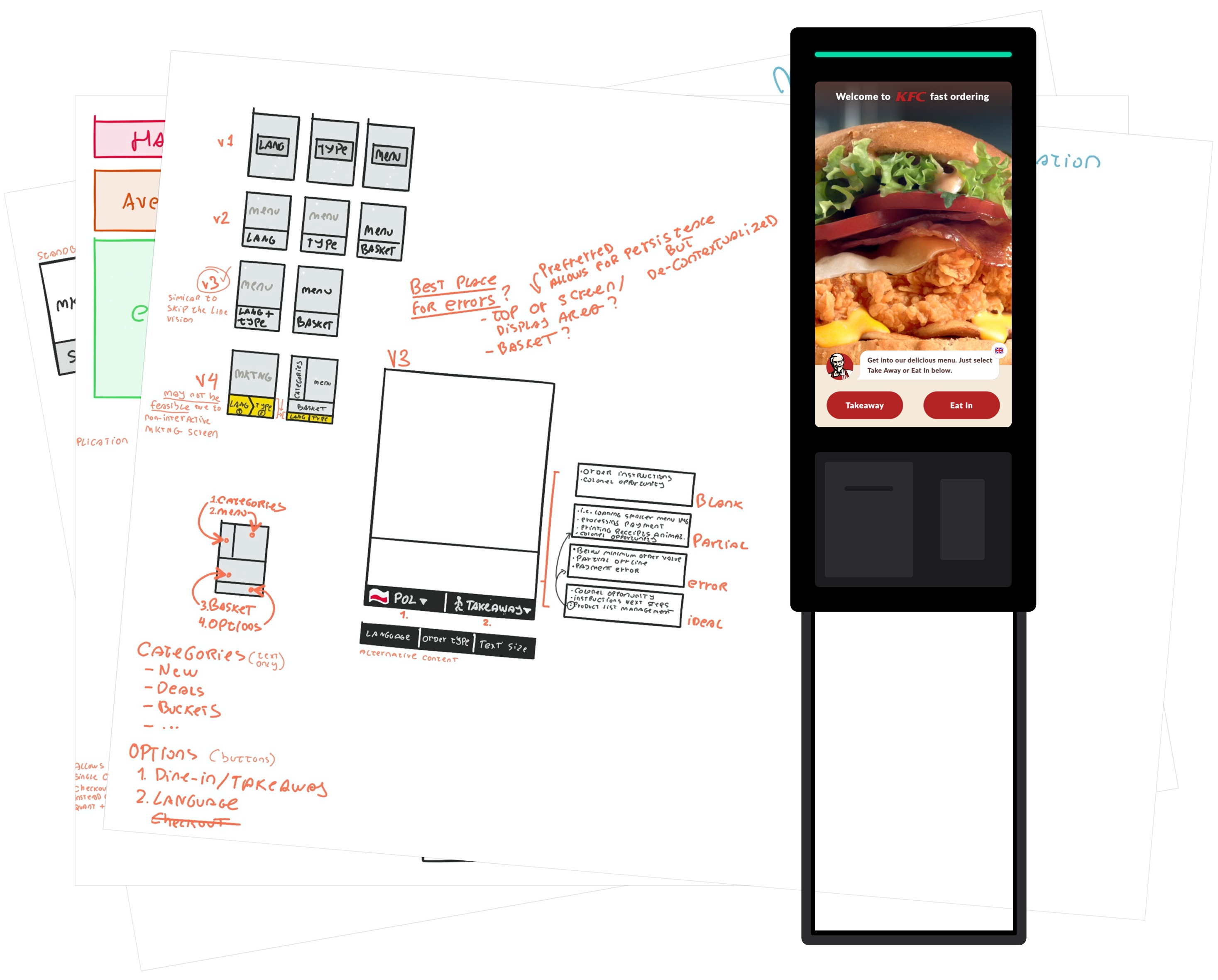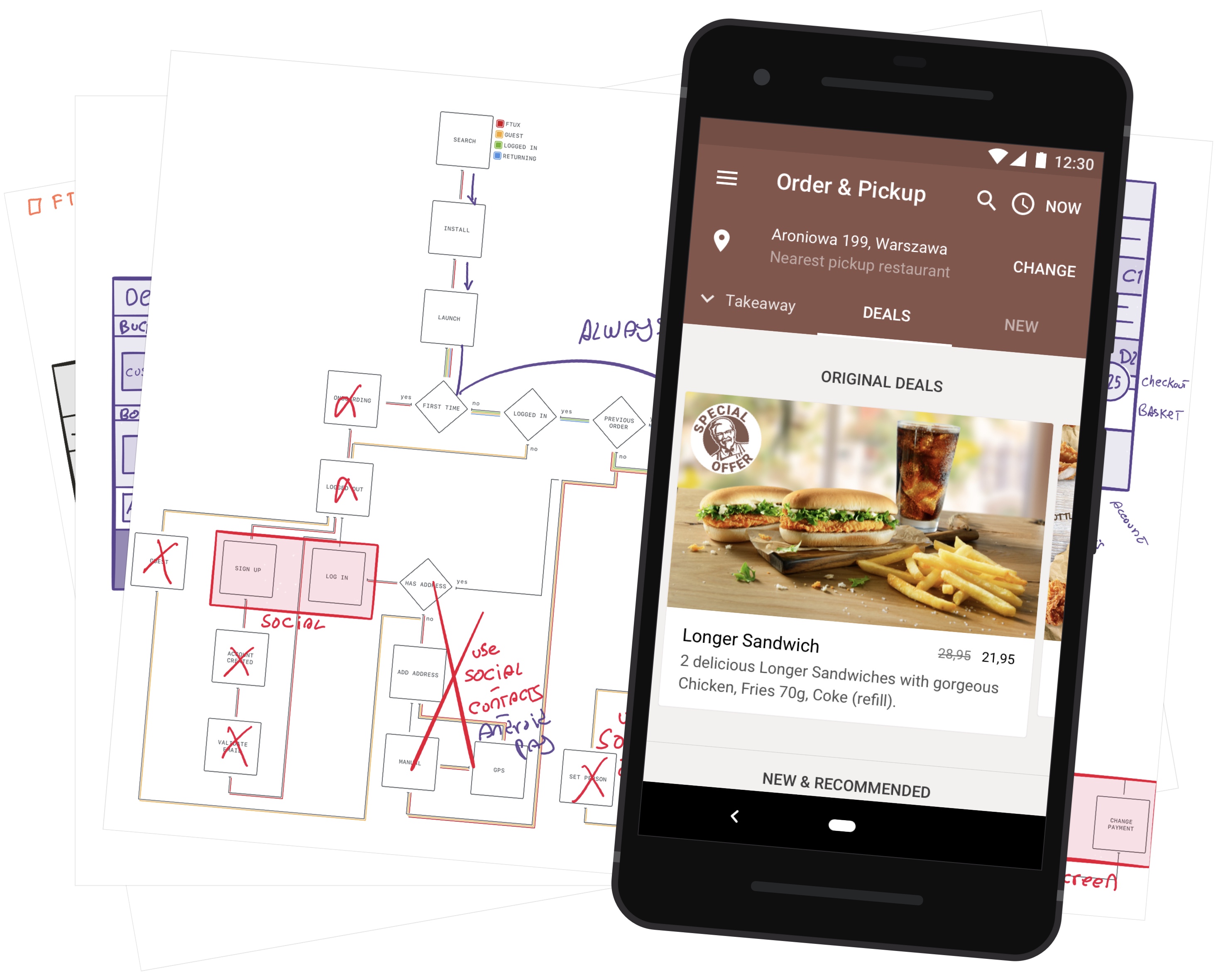For anyone who wants to start or improve their writing.
This is a set of techniques and guidelines gathered over time from well-known writers, as well as my own experience.
Sharing is a way of getting feedback, and helping others start or improve their public writing.
1. Set goals 🎯
Writing is easy but communication is hard.
Why: Setting a goal makes you think about what you’re trying to say, the goal for this article is to help you become a better writer. With that in mind, it’s easier to think about what you need to know in order to reach that outcome.
How: Create an outline that starts with the goal, followed by what brings readers closer to it. This outline helps you remain focused and productive with your writing by giving you something to measure your writing against.
Here’s the outline for this article:
Goal
Become a better writer
Tips
- Set goals
- Iterate
- Get feedback
- Choose your words
- Be honest
- Research
- Use media
- Pause
Once you know what you need to write it’s time to Iterate.
2. Iterate 🔄
Why: Your tendency is to write everything in one go. That never happens because you get stuck looking for the perfect word, or remember something along the way that invalidates your perfect sentence.
How: Do a first pass on your outline and write what you remember for each item: it can be a first version of your goal, or bullet points for why something matters or how it can be solved. Then do a second pass, turning those half-formed ideas and bullet points into sentences, using the outline to ensure you’re still on-track and saying the same thing.
Don’t be afraid to delete or rewrite whole chunks of your text if you can think of a simpler way to get your point across.
When rewriting, feel free to create multiple versions of the same paragraph without deleting the previous version, it helps you compare and pick the best ideas.
Once you’ve replaced notes and bullet points with paragraphs, it’s time to get Feedback.
3. Get feedback 👂
Why: A successful article is: a) understood by its readers; b) published. Without reader feedback, you can only assume readers will understand what you want them to understand. How well readers understand your message is a reliable way to measure your progress towards the goals you set when starting your article. The alternative is to make assumptions on whether readers understand what you’re saying, and use a fuzzy ‘feels right’ to determine when to stop iterating and release.
How: Share or talk through your article with at least 5 other people. You’ll learn what people are struggling to understand, disagree with and why, or something you had not thought of. If 3 or roughly half say the same thing then it might be time to review Wording, Media, or use Research to validate your point.
4. Choose your words 📕
Why: Your readers have little time, don’t understand your jargon, and are looking for knowledge.
How: 1. Brevity and clarity; 2. Trustworthiness; 3. Confidence.
1. Brevity and clarity
Rewrite “cut out all unnecessary words” as “cut unnecessary words”. Capture attention with a statement that gets to the point (“Why and how to do X”) and then build your way to it (“Because of this and that”). Provide an overview (lists) so readers know what to expect, and anchors (headers) for perceived progress.
Avoid jargon or explain it. Use simple words even if “eloquent” sounds better than “well-spoken”.
2. Trustworthiness
Strengthen your ideas with research and examples. Like so: World Health Organization estimates 3 in 10 people suffer from a visual impairment in developed countries, that’s 360 million people or a large portion of your customers and why you should value Accessibility.
Advice: good research is rare, learn to identify it.
3. Confidence
Why: We like confident people who talk about what impacts us directly.
How: Be specific, words such as “generally” and “most” don’t tell the reader when, where and who your information applies to. Be mindful of omitting the subject, Talk from experience, we don’t want to hear about untested theories, we want validation, this is especially powerful if there’s a group of people involved over a period of time (“we’ve used this process everyday for the past 5 years” vs “I think this might be a good process for some people”).
5. Be honest ✋️
Why: Don’t confuse confidence with arrogance, your readers appreciate pros and cons, implications, and applicability.
How: Paint the whole picture, don’t just talk about problems, provide solutions and clearly list out your assumptions and goals. Talk about failure as well as success, do’s and don’ts, pros and cons.
6. Research 🎓
Why: Saying something doesn’t make it true. Experience and research turn your statements into facts.
How: Tell your readers how you’ve tried that special tool or process multiple times and how it played out for you. Research for other people’s experiences, stats, studies and reference them whether they support your opinion or not – be honest.
7. Use media 🎨
Why: Data, animations, and processes are three examples of abstract concepts that are harder to understand through text alone. Media, like headers, captures attention by contrasting with walls of text.
How: Graphs, videos and visualizations make content easier to understand, use them. Motion is a double-edged sword, it can capture attention but also prevent your readers from focusing on your text. Don’t overdo it and provide playback controls. During editing use placeholders, simple notes describing type and content to include, don’t waste time creating media for sections you may end up deleting.
8. Pause ⏸
Why: Writer’s block is frustrating, forcing yourself to continue writing is a waste of your time.
How: Don’t be afraid to pause writing and go for a walk. You can also switch to another section or diverge by writing down related words, sentences, ideas you’re trying to get across. A pattern will emerge out of those words, sentences, and ideas that will get you back on track.
Make sure you can take notes wherever you are, you never know when you come across something that might inspire you.
Reading your work out loud to someone will lead to a few a-ha moments, you should try it.
Takeaways
Like design, writing works best when you understand the problem and possible solutions. Inspiration is what we use when we don’t know what we’re dealing with and rely on luck.
Thanks to everyone who provided feedback and contributed to this article.
I’m sure you’ll find this article helpful, shoot me an email or Twitter DM if you have any advice for me.





